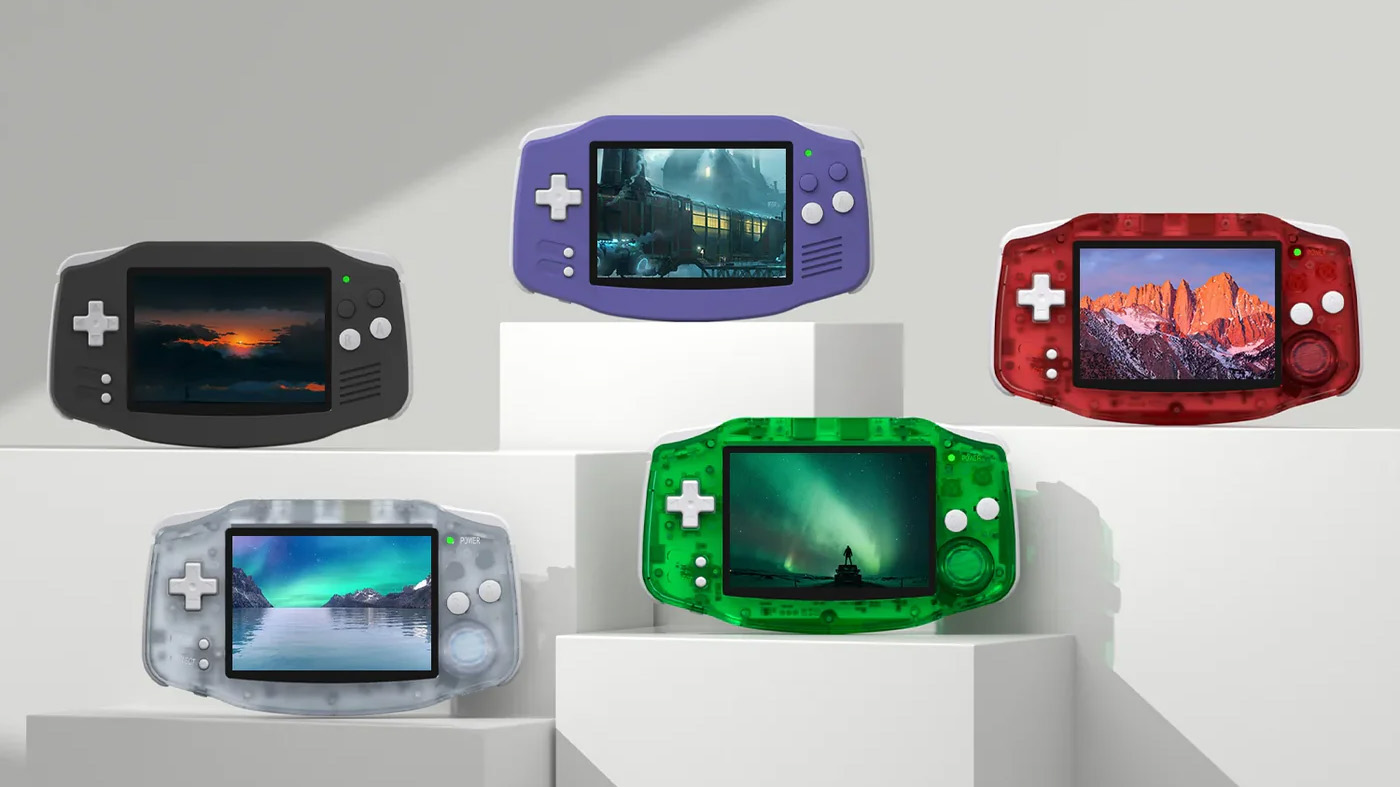The ROG Ally dominates the handheld gaming space, can Asus do the same with VR headsets?
Asus ROG's "Tarius" VR headset details emerge as we anticipate the first non-Meta Quest headsets to run HorizonOS

In April 2024, Quest headset maker Meta announced in a press release that the operating system and storefront that powers the standalone portion of its popular virtual and mixed reality headsets, Horizon OS, was going multi-platform.
Microsoft Xbox, Lenovo, and Asus ROG were among the first companies interested in adopting Meta's operating system for new hardware releases, suggesting that we could expect at least three Horizon OS headsets to make an appearance in 2025.
Unfortunately, since that time, word on third-party Horizon OS headset development has gone about as radio-silent as Microsoft whenever anybody mentions Windows 12.
In fact, within that span of time, Google announced its own operating system for virtual and mixed reality headsets, Android XR. Samsung's Project Moohan is reported to be one of the first devices to use the platform. A potential reveal of the headset is tipped for Wednesday's Galaxy Unpacked event.
However, according to one tipster, progress is well underway from at least one of the original trio of Horizon OS adopters, with Asus ROG's headset, codenamed "Tarius," reportedly offering eye and face tracking, and a considerable upgrade over the Meta Quest 3 and Quest 3S' LCD optics.
Asus' ROG Ally has tasted great success...
A little over a year after the Steam Deck's February 2022 launch, Asus unveiled its own handheld gaming PC, the ROG Ally. At the time, the announcement was so unexpected that its April 1 reveal was taken as a legitimate April Fool's joke. However, Asus' console has been anything but a laughing matter, offering an impressive Windows gaming experience on the go and spawning a popular mid-cycle refresh in the ROG Ally X.
Asus managed to get into the handheld gaming market early while the going was good, establishing itself alongside the Steam Deck as one of the major players long before saturation became a hurdle for manufacturers to clear.
Get The Snapshot, our free newsletter on the future of computing
Sign up to receive The Snapshot, a free special dispatch from Laptop Mag, in your inbox.
Right now, the handheld gaming PC market is rife with options, with Lenovo, Acer, Ayaneo, MSI, GPD, and OneXPlayer all competing for the high ground. Still, Asus' early adoption keeps the ROG Ally in the spotlight, even without as of yet announcing new models designed to take advantage of AMD's latest Ryzen Z2 chips which were unveiled during CES 2025 (a follow-up to the Ryzen Z1-Series chips that power current models).
Following the release of the Meta Quest 3 and Quest 3S, Asus finds itself in a similar position, able to capitalize early on the availability of Horizon OS and bring its own VR/XR/MR headset to market before others can stake their claim. But is Asus ROG's rumored "Tarius" headset up to the task?
... But can the ROG "Tarius" headset do the same for VR?
According to information provided by tipster Luna, Tarius will offer more features comparable to the Meta Quest Pro than Meta's standard third-generation headsets, including face and eye tracking and potentially a quantum dot LCD (QD-LCD) if not uOLED display.
Should this information prove true, Asus already has a pretty formidable headset on its hands, and that's without knowing anything about its processor, which could stretch as far as featuring Qualcomm's upcoming Snapdragon XR2 Gen 3/XR3 chip, offering an impressive boost in performance over Meta's first-party hardware.
That said, Asus faces a unique problem if it chooses to target more powerful hardware. While the ROG Ally could outperform the Steam Deck, the results were far easier to spot, as Asus' handheld could effectively strive to offer improved frame rates, better graphical fidelity, and a higher resolution already available to Windows games.
When it comes to Meta's Horizon OS, much of Tarius' potential advancements may only matter if developers decide to incorporate them into their titles. Something that no doubt takes additional time and expense to do so.
However, the Tarius HMD's PCVR support may be where the majority of these advancements come into full effect, with its standalone mode mostly benefitting from improved resolution and smoothness.
What's next?
We're still without official word on what to expect from Asus' headset, but given the company's success in the handheld gaming PC market, it would make sense that its VR ambitions haven't been dampened.
With Horizon OS and Android XR both being viable platforms for future hardware to adopt, we're sure to see an influx of headsets released in the near future that can rely on Meta and Google's platforms in the push to bring this medium forward.
Exactly when we can expect this to begin, remains unknown. However, if these details prove accurate, then it would seem that we won't have long to wait before Asus ROG is ready to dazzle us all with a new hardware venture.
More from Laptop Mag

Rael Hornby, potentially influenced by far too many LucasArts titles at an early age, once thought he’d grow up to be a mighty pirate. However, after several interventions with close friends and family members, you’re now much more likely to see his name attached to the bylines of tech articles. While not maintaining a double life as an aspiring writer by day and indie game dev by night, you’ll find him sat in a corner somewhere muttering to himself about microtransactions or hunting down promising indie games on Twitter.
